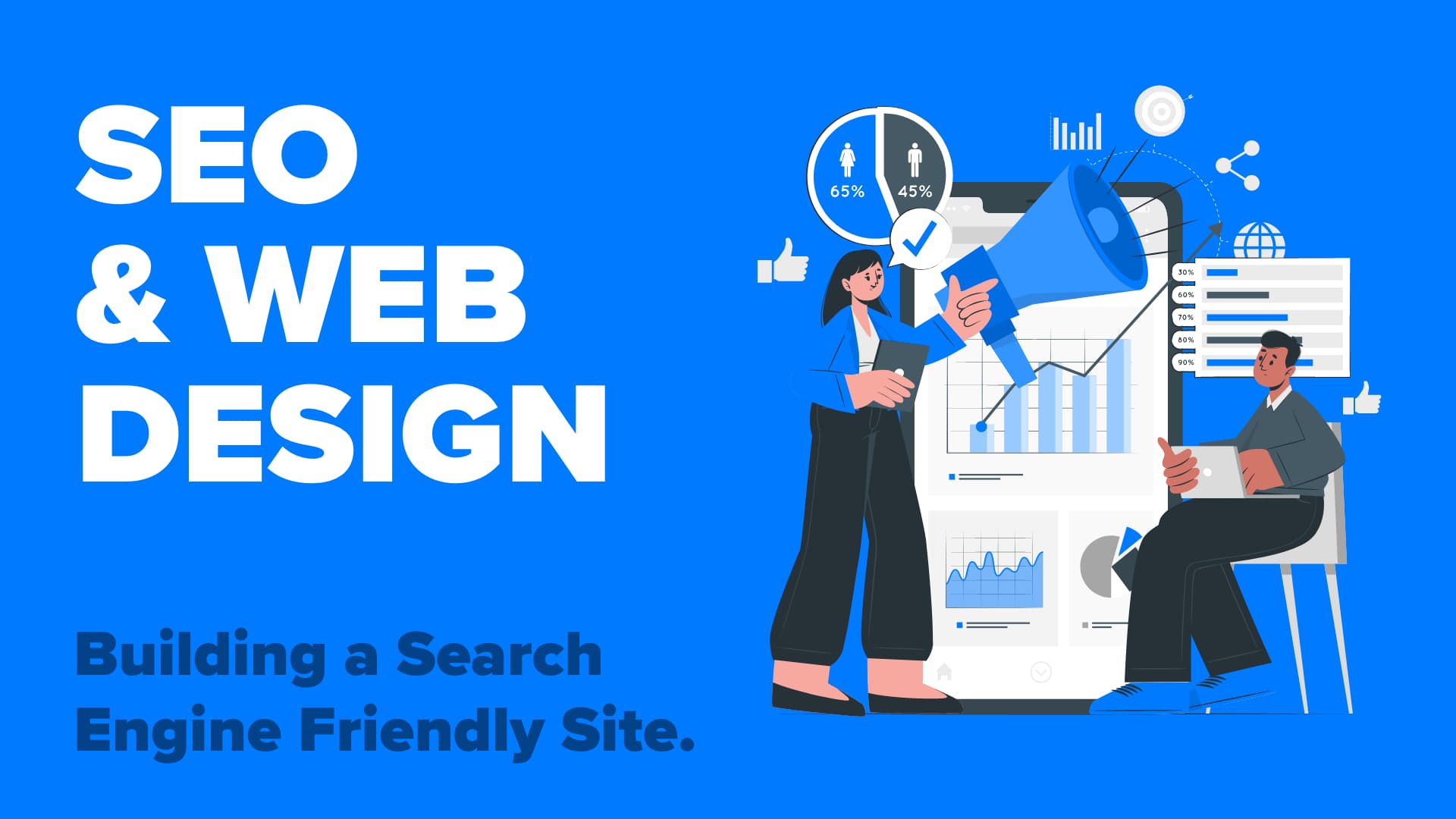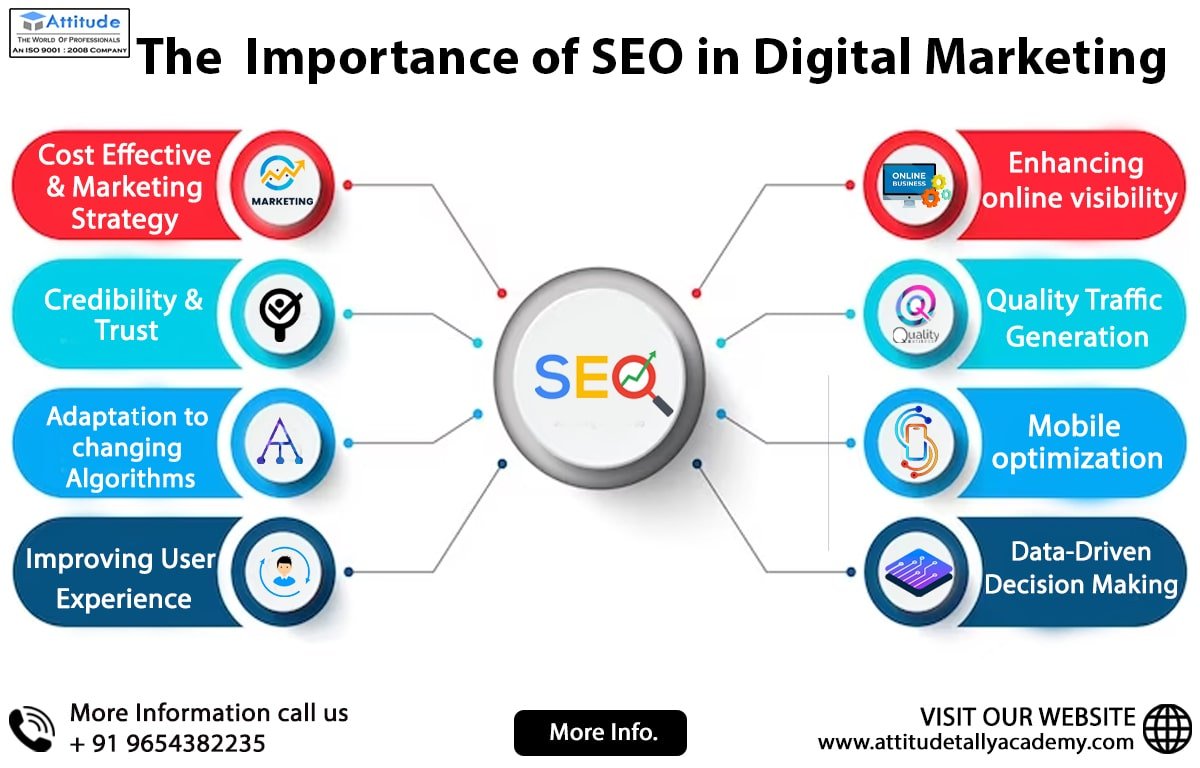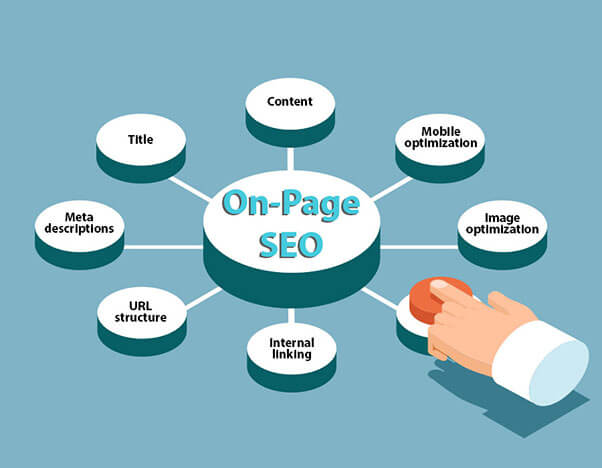Assuming Outside the Box: Leveraging Non-traditional Mediums to Optimize Google Analytics Performance
In the world of electronic marketing, the mission for enhanced Google Analytics performance has come to be a strategic important for businesses looking for to fine-tune their on the internet visibility. By checking out unconventional tools as opportunities of information collection, a new world of possibilities arises.
Distinct Information Resources

Social media platforms supply important information on user demographics, rate of interests, and engagement metrics, permitting businesses to assess the efficiency of their social media campaigns and maximize web content for better performance. By leveraging these special data sources, services can improve their techniques, improve targeting efforts, and improve general Google Analytics efficiency.
Social Media Site Insights

Furthermore, social media analytics devices enable services to track crucial performance indicators, display project performance, and determine the impact of their online tasks. Understanding the demographics of fans, identifying popular content styles, and assessing involvement levels can help organizations customize their advertising and marketing methods for far better outcomes.
Offline Marketing Combination
Incorporating offline advertising techniques with electronic analytics can enhance general project performance and give a much more comprehensive understanding of consumer actions. what is not considered a default medium in google analytics. By bridging the void in between online and offline efforts, businesses can track the influence of conventional advertising and marketing networks such as print ads, television commercials, direct mail, and events on their online existence

Additionally, applying telephone call monitoring systems for offline advertising activities makes it possible for organizations to capture beneficial information on customer questions created via published products or advertisements (what is not considered a default medium in google analytics). By analyzing phone call data alongside on the internet metrics in Google Analytics, businesses can obtain deeper understandings right into the client journey and enhance marketing approaches for improved efficiency across all networks
IoT and Wearable Innovation
Utilizing IoT and wearable technology in electronic analytics can revolutionize information collection and customer insights for businesses seeking a much deeper understanding of user habits patterns. These innovative modern technologies use a seamless method to collect real-time information from various touchpoints. IoT tools can track user communications with service or products, giving important details on usage patterns and choices. Wearable technology, such as smartwatches or health and fitness trackers, can offer insights right into individual tasks, health metrics, and even place information.
Gamification Methods
The execution of gamification strategies in digital analytics presents an ingenious strategy to enhancing user engagement and driving workable insights for companies. By integrating game-like aspects such as points, badges, leaderboards, and rewards into the analytics interface, business can motivate users to interact much more frequently and meaningfully with the data.
Gamification encourages customers to explore different features of the analytics system, revealing useful insights that may have otherwise gone unnoticed. Via interactive obstacles and progress tracking, customers are incentivized to dive much deeper into the information, bring about increased time invested in the system and a higher chance of uncovering vital patterns or patterns.
Furthermore, gamification can promote a feeling of competitors among users, stimulating them to pursue greater efficiency and engagement degrees. This affordable spirit can drive enhanced customer adoption prices and a much more extensive use of the analytics tools readily available. Eventually, by leveraging gamification approaches in digital analytics, services can produce a much more engaging and effective setting for individuals, causing even more educated decision-making and improved general performance.
Conclusion
Finally, leveraging non-traditional tools such as special data resources, social media understandings, offline advertising and marketing combination, IoT and wearable innovation, and gamification strategies can enhance Google Analytics efficiency. By assuming outside the box and discovering these alternate resources of information, businesses can get beneficial understandings and boost their overall advertising methods. It is find this necessary for companies to constantly check out brand-new means to collect data and examine it in order to stay in advance in the ever-evolving electronic landscape.
By incorporating data from resources such as customer relationship monitoring (CRM) systems, social media platforms, and email marketing campaigns, companies can obtain a much more detailed understanding of their audience habits and involvement patterns. Social media platforms offer important information on individual demographics, passions, and interaction metrics, enabling companies to evaluate the efficiency of their social media projects and optimize content for far better efficiency. By leveraging these one-of-a-kind data sources, businesses can refine their approaches, boost targeting efforts, and enhance overall Google Analytics efficiency.
Discovering social media insights can offer services with important data on individual demographics, interests, and involvement metrics, allowing for home educated decision-making and critical optimization of advertising efforts. By assuming outside the box and checking out these alternative resources of information, businesses can acquire valuable understandings and enhance their overall marketing techniques.